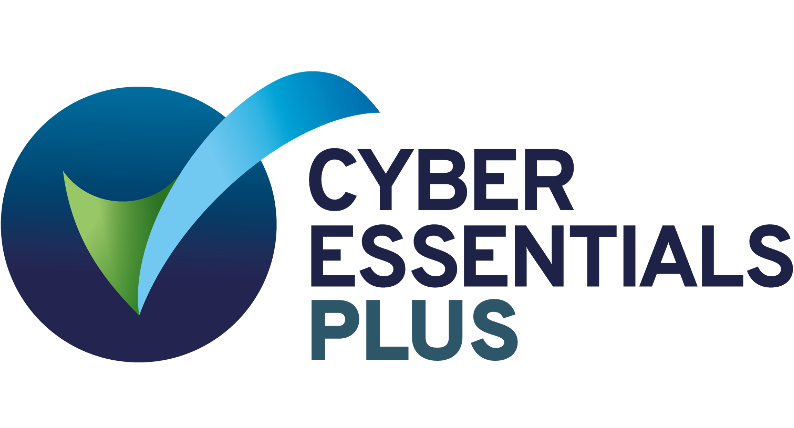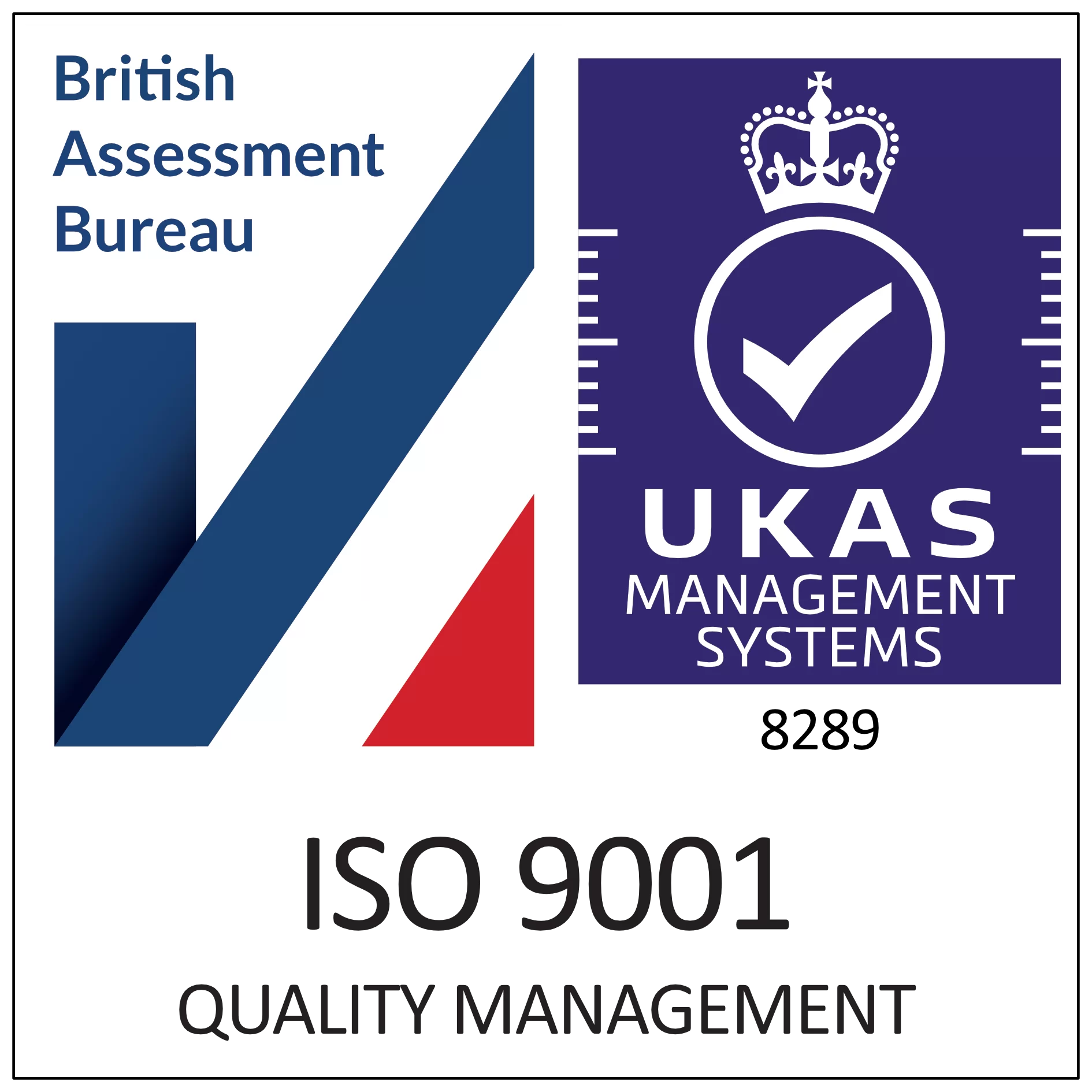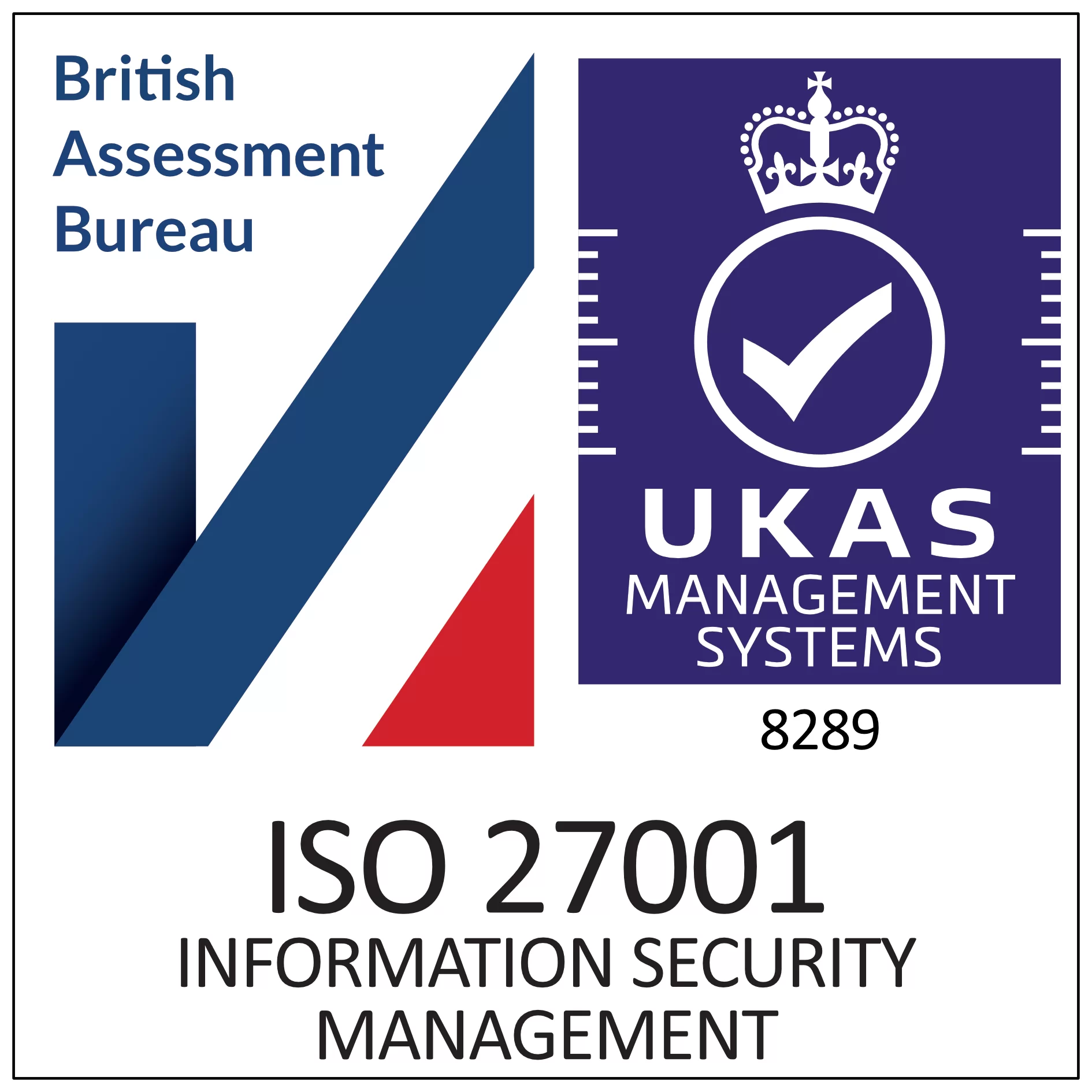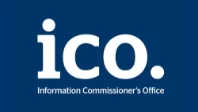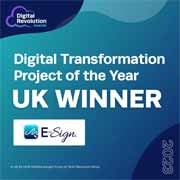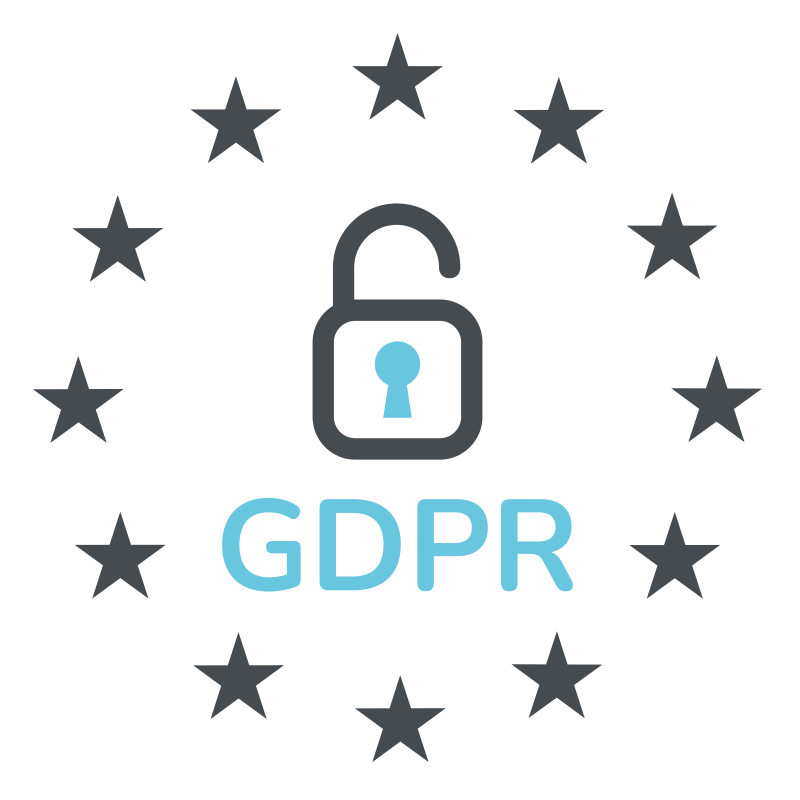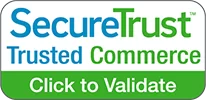Home | News & Insights |
How eSignatures are Reducing Paper Waste in the NHS
Adam Ross
Director of Operations
PUBLISHED
21st February, 2025
Traditionally, UK healthcare has been one of the most document-heavy industries due to the sheer volume of prescriptions, consent forms, patient records, compliance documents, and various other types of paperwork handled by the NHS. However, as the risks we face in climate change and global warming become more of a reality, there has been a substantial shift towards utilising online document signing and other digital solutions in healthcare. In this guide, we’ll explore how implementing electronic signatures in the NHS effectively mitigates paper waste and contributes to sustainability and efficiency efforts.
The UK’s sustainability goals
The UK government has placed a strong emphasis on sustainability and mitigating climate change in recent years. As part of their commitment to a greener future, they have set significant milestones, with the ultimate objective of achieving net zero emissions by 2050. This ambitious target calls for businesses across all sectors to assess their existing practices and implement strategic optimisations to reduce their carbon footprint effectively.
The NHS is a fundamental part of this, and large-scale digital transformation is gradually taking place across the organisation. Several trusts have already started implementing digital document solutions in their workflows to reduce paper waste and, ultimately, their carbon footprint. Below are some of the ways in which e-signatures have helped to improve sustainability in healthcare.
Reducing paper use
The most common way that e-signature solutions reduce paper waste in the healthcare sector is by removing the need for paper in the first place. Manual, paper-based processes are a significant administrative burden on medical teams, taking up a lot of time and resources that could be better used for patient care.
By switching to digital document management and utilising quality electronic signature software, NHS departments can remove paper from their processes, resulting in substantial carbon reduction by no longer wasting paper. It’s not just about the paper itself, going digital also eliminates printing, storing, and transporting physical documents which further contributes to carbon savings and preventing paper waste. Leicester Hospital has reduced its carbon footprint by 165.83kg so far since transitioning from paper to digital with E-Sign.
Streamlining administrative work
The NHS is steadily increasing their adoption of secure digital signatures for tasks like patient registrations, referrals, and discharge documents. This saves an extensive amount of lengthy paperwork, removing the need for physical copies. Also, it significantly accelerates the processing times of these documents, allowing departments to operate more efficiently. So staff can focus their time and energy on more important priorities than paperwork.
A good example of this is Portsmouth Hospital, which reduced its prescription turnaround time from 2 weeks to just 6 minutes by using E-Sign, effectively minimising the administrative weight on clinicians.
Another way e-signatures streamline healthcare workflows is by reducing the risk of mistakes in documents. When handling large quantities of paperwork on a regular basis, it’s easy for human errors to occur. However, this potentially can lead to delays in document workflows and hinder patients from receiving the care they need. Digital documents and electronic signatures can minimise the chance of mistakes by having automated processes and using other beneficial features like templates and web forms when a certain type of document needs to be sent to many different recipients.

Enhancing compliance and security
Electronic signatures are legally recognised under UK laws including the Electronic Communications Act 2000 and the eIDAS regulation. Organisations like the NHS are required to comply with these regulations when using an e-signature solution. These regulations ensure secure and fully tamper-proof documentation without the need for physical storage. After relying on paper-based processes for so long, NHS trusts may feel apprehensive about making a digital transformation and sceptical about security.
However, the best e-signature tools are even more secure and effective than paper-based documents as there are more measures and protocols in place to protect sensitive information from the risk of fraud. A handwritten signature can be easily forged, whereas a digital signature through an encrypted platform with tamper-proof technology is almost impossible to successfully access and fraudulently copy. The legislation sets criteria for electronic signatures to adhere to in order to maintain their security and identity verification measures, which is essential for the NHS when handling patient data.
Reducing storage and disposal costs
Storing paper documents requires space and resources. Both of these are valuable in healthcare and need to be optimised effectively to ensure staff can do their jobs as efficiently as possible for patients. Digital documentation with electronic signatures minimises the need for physical storage, therefore reducing costs associated with printing, filing, and shredding. Therefore, this helps to reduce paper waste and save the NHS a significant amount of money which can be redirected to more important areas of the organisation than paper-based admin.
Supporting remote care and telemedicine
As digital healthcare services in the NHS continue to increase, electronic signatures allow patients to sign documents remotely. This avoids unnecessary travel to and from the hospital or surgery for patients and reduces the environmental impact by not requiring physical copies of documents to be signed. Unnecessary travel also reduces carbon footprint as cars and public transport all emit carbon emissions which is damaging to the environment.
The ability to send and sign digital documents remotely also improves the efficiency of document processing and turnaround times, ensuring a higher standard of patient service. NHS digital is increasingly looking to integrate e-signature solutions like E-Sign with approved platforms to further optimise remote services, workflow efficiency and sustainability efforts in the UK.
Digital signature vs electronic signature: what’s the difference?

When exploring digital solutions, NHS trusts may find themselves questioning the distinction between digital signatures and electronic signatures, as these terms are often used interchangeably. The key difference lies in their scope: an electronic signature is a broad category encompassing various types of digital approvals, while a digital signature is a specific, more secure subset within this category.
An electronic signature serves as a digital confirmation that all parties agree to the terms outlined in a document. Whereas, a digital signature provides an added layer of security, ensuring the document’s authenticity and integrity. Rather than functioning solely as a signature, it acts as a safeguard against tampering and forgery.
Wondering how to create an electronic signature? Sign up for our 14-day free trial and start sending and signing documents digitally, saying goodbye to paper waste and embracing the benefits E-Sign can provide.
Are electronic signatures legal in healthcare?
Yes, electronic signatures are legally valid and accepted in the healthcare industry, with many NHS trusts implementing secure e-signature solutions to streamline their operations. The eIDAS regulation is the main legislation that governs the use of digital signatures in the UK. There is also a separate eIDAS regulation that applies to Europe, but the UK has its own slightly amended version since leaving the EU.
According to eIDAS, there are three types of electronic signatures; simple, advanced, and qualified, with each having additional criteria for security and identity verification. The healthcare industry should use advanced electronic signatures as there are suitable measures in place to accurately confirm the identity of the signer and effectively protect the signature and document data. Simple signatures do not have the same standards in place and therefore are not a suitable solution for the robust data protection requirements of the NHS.
To find out more about the legality of electronic signatures and the types of documents that can be legally signed with an e-signature, check out our other guide ‘The Legality of Electronic Signatures in 2025’.
Conclusion
Electronic signatures are playing a crucial role in reducing paper waste across the NHS. By digitising documentation processes, hospitals, GP practices, and care facilities are not only cutting down on unnecessary printing but also improving efficiency, security, and compliance.
If you’re looking for eco-friendly business solutions to support your document processes, E-Sign could be right for you. As an industry-leading provider of electronic signatures, we understand the importance of going digital and supporting organisations with their sustainability goals. Contact us today to discuss your requirements or get started by registering for our 14-day free trial.
 Facebook
Facebook
 X (Twitter)
X (Twitter)
 LinkedIn
LinkedIn

